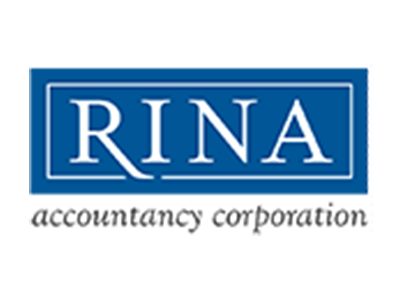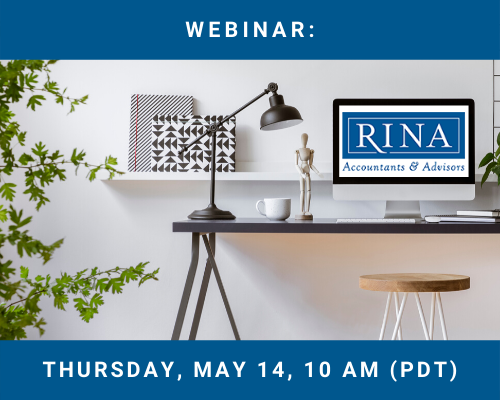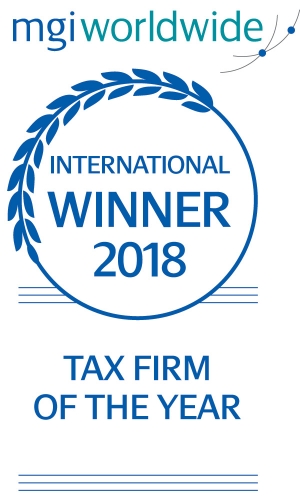Board of Directors Spotlight Part 4: Next Step in Board Evolution — What Makes up the Best and Worst in Corporate Boards
by Howard Zangwill & Joe Brunel | RINA accountancy
Complacency is a killer. One of the most intriguing lessons learned from Sam Allred and Tim Bartz via the Upstream Academy is that there are three types of people – dynamos, cruisers, and losers. Dynamos are easy to spot – they are inspirational leaders who tend to be ahead of the curve when it comes to innovation and new ideas, and they are agents of change. Their passion and drive motivates others to stretch one’s ability in an effort to grow and improve. Losers are self-explanatory – they underperform, they underdeliver and they drain a company’s resources. Losers are expendable assets and easily identified. An often-overlooked threat to a company and its board are cruisers. Cruisers blend into the pack, perform adequately at best, and although they may seem to be an integral member of the team, their static nature and penchant for mediocracy can a stifle a company’s or a board’s growth.
In order for a board to thrive, it needs members that fully understand and can actively engage in virtually all aspects of a company’s operations vision for the future. It needs dynamos.
The following, written by Vistage International, Inc., summarizes some of the key elements of what makes up the best and worst in corporate boards:
Best:
- High on the “CIAO” scale (commitment, independence, attendance and ownership)
- Outside directors are independent – none drawing consulting, legal or other fees from the company
- Board members stand for re-election every year
- Directors participate in evaluation and succession planning for senior management
- No insiders on audit, compensation or nominating committees
- Outside directors with experience in a similar industry and size of business
- Manageable number of directors (minimum three for a small company, maximum of 15 for a large company; managing more than 10 can be troublesome)
- Mutual trust and respect among board members
- No director interference in day-to-day management
- Candid discussion of important matters
Worst:
- Low on the “CIAO” scale
- No succession plan for the CEO, directors and senior managers
- Conflict of interest – outside directors doing business with the company
- Old colleagues, friends or family serve as directors
- Minimal director preparation for meetings
- Unfocused deliberations or time wasted on insignificant matters
- Directors chosen for marquee value instead of contribution value
- Past CEOs remain on the board indefinitely
- Lavish pay and perks (such as pension benefits that reward tenure over performance)
- Meetings not held at company offices
The lists above are not all-inclusive but do provide a glimpse into some of the best and worst practices displayed by boards.
To further discuss how to design or improve a strategic initiative or to enable your board or directors to be more effective, contact your RINA representative.
Howard Zangwill
 Howard has over 25 years experience providing consulting and accounting services to not-for-profit organizations, private companies and their owners in various industries. As head of RINA’s Audit and Accounting Department, he uses his knowledge to help clients streamline operations, develop and monitor key performance indicators and implement financial management techniques that meet the clients business and financial objectives.
Howard has over 25 years experience providing consulting and accounting services to not-for-profit organizations, private companies and their owners in various industries. As head of RINA’s Audit and Accounting Department, he uses his knowledge to help clients streamline operations, develop and monitor key performance indicators and implement financial management techniques that meet the clients business and financial objectives.
Joe Brunel
 Joseph began his career with RINA in January 2007. He provides audit services for privately-held businesses and not-for-profit organizations. Joseph also provides limited scope audit services related to employee benefit plans including 401(k), 401(a), 403(b), and full scope audit services for ESOP plans.
Joseph began his career with RINA in January 2007. He provides audit services for privately-held businesses and not-for-profit organizations. Joseph also provides limited scope audit services related to employee benefit plans including 401(k), 401(a), 403(b), and full scope audit services for ESOP plans.






